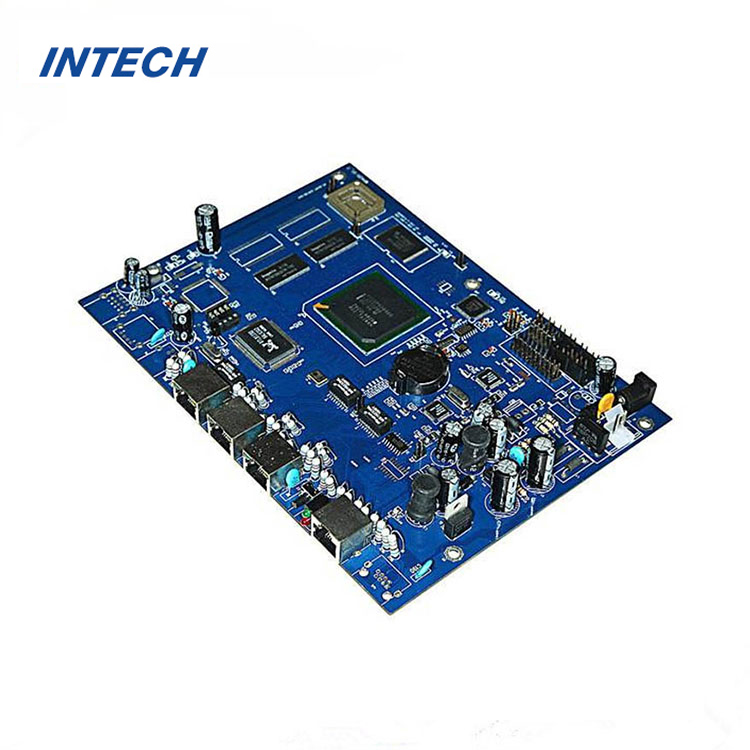What matters need to be paid attention to in batch production of PCB?
Date:2023-12-19 11:16:04
Batch production of Printed Circuit Boards (PCBs) is a complex process that requires careful attention to numerous factors to ensure efficiency and reliability. This article examines the key considerations that should be taken into account during PCB batch production.

1. Design and Layout Optimization
An efficient PCB production starts with a well-optimized design and layout. This involves considering factors such as component placement, signal integrity, power distribution, and thermal management. By carefully optimizing the design, it is possible to minimize production issues and enhance the overall performance and reliability of the PCB.
2. Material Selection and Procurement
The selection of appropriate materials for PCB batch production is crucial in ensuring the end product's reliability. Proper research and evaluation are necessary to identify materials that meet the project requirements in terms of dielectric constant, thermal conductivity, mechanical strength, and cost-effectiveness. Additionally, sourcing materials from reliable suppliers is vital to avoid counterfeit or substandard components.
3. Manufacturing Equipment and Process Control
Investing in high-quality manufacturing equipment and implementing robust process control measures is essential for maintaining consistency and efficiency during batch production. Automated optical inspection (AOI) systems, solder paste printers, pick and place machines, and reflow ovens should be properly maintained and calibrated to ensure accurate and reliable assembly. Implementing rigorous quality control checks at each stage of the production process is also necessary to identify and rectify any issues promptly.
4. Testing and Quality Assurance
Thorough testing and quality assurance are critical steps in PCB batch production. Functional and electrical tests should be conducted to ensure that every PCB meets the required specifications and standards. In-circuit testing (ICT), automated optical inspection (AOI), and X-ray inspections can help detect defects and ensure the integrity of the assembled PCBs. Rigorous quality control measures and adherence to industry standards such as IPC-A-600 and IPC-A-610 are essential to deliver reliable and consistent products.
5. Documentation and Traceability
Accurate and comprehensive documentation plays a significant role in batch production of PCBs. This includes maintaining detailed records of design files, Bill of Materials (BOM), assembly drawings, test reports, and any changes made during the production process. Proper documentation ensures traceability, facilitates troubleshooting and debugging, and enables efficient replication in case of reorders or future modifications.
In conclusion, the batch production of PCBs requires careful consideration of various aspects, including design optimization, material selection, equipment and process control, testing and quality assurance, and documentation. By carefully addressing these key considerations, manufacturers can enhance the efficiency, reliability, and overall quality of PCB batch production.
